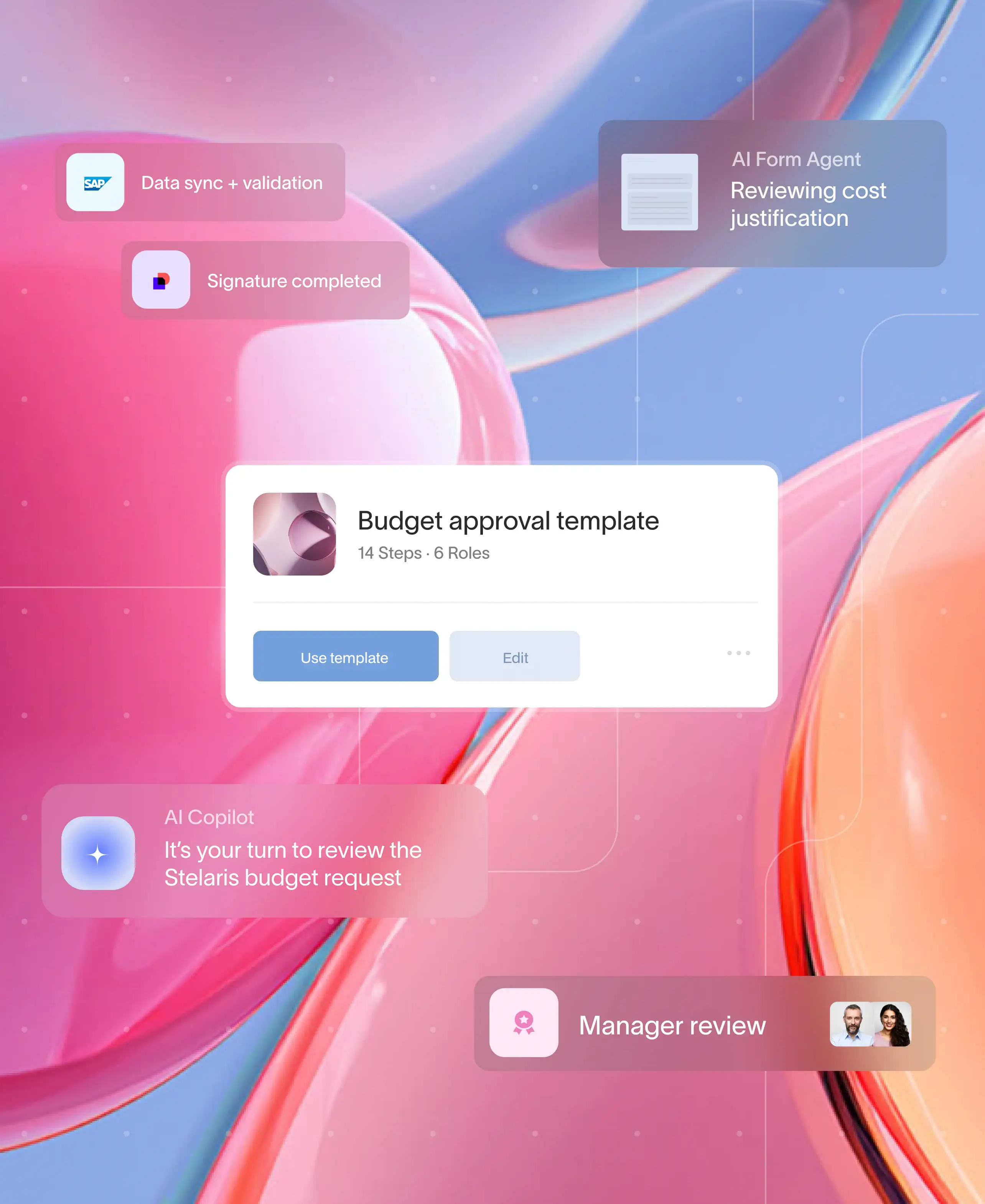
With customer expectations at an all-time high, empowering clients to achieve success with products or services is essential for lasting impact. Customer enablement, also known as client enablement, is essential for fostering engagement, loyalty, and advocacy. Equipping clients with the right resources, training, and tools empowers them to unlock the full potential of a product or service, creating a more impactful experience. By guiding clients to realize this value independently, businesses build stronger, more resilient relationships and reduce reliance on traditional support. In today’s fast-paced environment, customer enablement has become a strategic advantage, driving long-term satisfaction and fostering client success from the very beginning.
Businesses increasingly recognize that empowering customers and partners results in a more seamless experience and reduces reliance on traditional customer support channels. This guide will explore the concept of customer enablement, its importance, how it differs from customer success, and ways to implement it effectively for an improved client experience.
What is customer enablement
Customer enablement is the strategy of equipping clients with comprehensive resources, insights, and guidance to optimize their use of your product or service. Unlike traditional support models, customer enablement focuses on proactively addressing customer needs, allowing them to access help, knowledge, and tools at their convenience. At its core, customer enablement is about maximizing the client’s ability to succeed on their own terms, helping them overcome challenges and reach goals independently.
Customer enablement strategies include training sessions, self-serve content, interactive workshops, and an easy-to-navigate knowledge base. By promoting self-sufficiency, businesses can reduce customer friction, improve client satisfaction, and boost the likelihood of long-term engagement and client success.
Customer enablement vs customer success
While both customer enablement and customer success aim to drive positive outcomes for clients, they serve different roles. Customer enablement is about empowering customers with resources that help them independently solve problems and achieve their objectives with a product or service. In contrast, customer success is a proactive approach focused on ensuring that clients reach their desired outcomes through guidance and support. This is often facilitated by a customer success engagement model, which offers a structured approach to maintaining client satisfaction and delivering results.
Customer enablement often serves as a foundational element that supports customer success by reducing the need for direct intervention. For instance, a customer success team might set specific goals for a client, while customer enablement offers resources like tutorials, documentation, and troubleshooting tips that guide clients through achieving these goals.
Together, customer enablement and customer success enhance client relationships, create an effective experience, and increase the likelihood of client retention and advocacy.
Why Customer Enablement is Essential for Client Success
The importance of client enablement extends beyond initial customer onboarding and satisfaction. Here are key ways client enablement benefits both clients and businesses:
- Enhanced customer experience
- Improved client retention and loyalty
- Operational efficiency
- Increased customer advocacy
- Reduced customer support dependency
1. Enhanced customer experience
Customer enablement offers a seamless client experience, ensuring clients have the resources they need to solve issues and find answers quickly. A well-designed enablement program enhances overall satisfaction by delivering essential information on demand.
2. Improved client retention and loyalty
Customers empowered with tools and resources are more likely to stay loyal to the business. With client enablement strategies in place, clients gain confidence in the product or service, decreasing their reliance on support and fostering loyalty.
3. Operational efficiency
By promoting self-service and self-sufficiency, client enablement reduces support requests, streamlines workflows, and frees up internal resources for more complex tasks. This translates into a more efficient operation where clients are more knowledgeable and proactive.
4. Increased customer advocacy
Clients who have positive experiences are more likely to recommend the business to others. Customer enablement can turn customers into advocates by enabling them to achieve success effortlessly, making them inclined to promote the brand.
5. Reduced customer support dependency
With access to comprehensive resources, clients can address common issues independently. This decreases demand on customer support teams, allowing them to focus on complex cases and providing a more streamlined experience.
6 Best practices for customer enablement
To maximize the effectiveness of your customer enablement strategy, here are best practices to consider:
- Provide accessible resources
- Offer interactive and personalized training
- Use data to understand customer needs
- Gather feedback and iterate
- Keep content up-to-date
- Segment content for diverse audiences
1. Provide accessible resources
The main motive of a customer experience enablement strategy is to make clients self-sufficient. Offer them an array of self-serve resources such as guides, FAQs, tutorials, and video content. With document management solutions, clients can quickly access a well-organized knowledge base, allowing them to find answers easily and enhancing their overall experience.
2. Offer interactive and personalized training
Training sessions offer an effective way to enable customers. Whether live or recorded, these sessions can guide clients through product features and updates. Personalized training based on usage data or specific customer goals adds further value by addressing individual client needs.
3. Use data to understand customer needs
Data-driven insights into client behavior can guide the development of customer enablement resources. By understanding which resources are accessed most, companies can refine their content to address common client needs.
4. Gather feedback and iterate
Regularly gathering feedback from clients allows businesses to enhance their client enablement programs continually. By listening to clients, companies can adjust resources to be more relevant and impactful.
5. Keep content up-to-date
Ensure that enablement resources reflect the latest updates, features, and industry trends. An up-to-date knowledge base makes it easier for clients to stay informed and engaged.
6. Segment content for diverse audiences
Different clients have different needs, and enablement resources should cater to various client segments, whether by industry, level of experience, or usage pattern. Segmentation enables clients to access content that best matches their specific requirements.
How Moxo supports customer enablement
Moxo’s platform is designed to streamline customer enablement, helping businesses deliver resources and guidance to clients in a single, integrated environment. Through Moxo’s robust client portal, businesses can easily share documents, provide updates, and facilitate communication in a secure, accessible space.
With Moxo, businesses can create an enablement strategy tailored to their unique customer needs. The platform offers a range of features that support customer enablement, such as:
- Client onboarding: Moxo’s streamlined onboarding workflows simplify the initial client setup, helping clients get started with ease and confidence.
- Collaborative workflows: Moxo allows teams to collaborate directly with clients, sharing information and updates within a single workspace.
- On-demand resources: Companies can offer access to tutorials, guides, and FAQs, enabling clients to troubleshoot and learn independently.
- Secure document sharing: Moxo’s document-sharing capabilities ensure that clients have access to essential files, all in a secure and organized platform.
- Client communication: Moxo’s communication tools help businesses stay connected with clients, offering a direct channel for quick assistance, feedback, or training.
By using Moxo as part of a customer enablement strategy, companies can deliver an engaging and supportive client experience, allowing clients to unlock more value from their interactions. Visit Moxo to get started.
Conclusion
Customer enablement is a powerful strategy that empowers clients to make the most of a product or service. Through resources, training, and self-serve content, enablement programs foster loyalty, advocacy, and long-term satisfaction. When implemented effectively, customer enablement transforms customer relationships and helps businesses optimize their operations.
Moxo’s platform offers an ideal foundation for customer enablement, combining collaborative capabilities, resource management, and secure communication in a single solution. With Moxo, businesses can provide a seamless, enriched experience that enhances client enablement and satisfaction. Visit Moxo to get started.
FAQs
What is the main goal of customer enablement?
The main goal of customer enablement is to equip clients with the tools and resources needed to maximize the value of a product or service, fostering independence and satisfaction.
How does customer enablement differ from customer success?
Customer enablement focuses on providing resources and tools for self-service, while customer success proactively guides clients toward their desired outcomes.
What are the key benefits of customer enablement?
Customer enablement improves customer experience, increases retention and loyalty, enhances operational efficiency, and boosts customer advocacy.
How can Moxo support customer enablement?
Moxo provides a platform with collaborative workflows, on-demand resources, secure document sharing, and direct client communication, all designed to support customer enablement.





